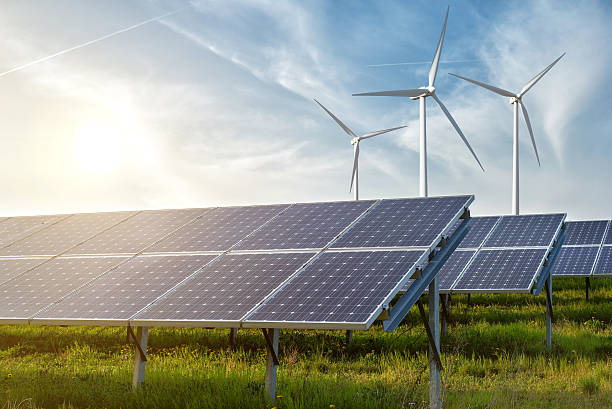
FAQ About Clean Energy
Clean Energy
2 years ago | gizem
How does clean energy contribute to reducing greenhouse gas emissions?
Clean energy contributes to reducing greenhouse gas (GHG) emissions in several ways, mainly by replacing or reducing the reliance on fossil fuel-based energy sources, which are significant contributors to greenhouse gas emissions. Here's how clean energy helps to mitigate greenhouse gas emissions:
- Renewable Energy Sources: Clean energy primarily comes from renewable sources like solar, wind, hydropower, geothermal, and biomass. These sources do not produce carbon dioxide (CO2) and other greenhouse gas emissions during electricity generation or heat production, making them low-carbon or even carbon-neutral options.
- Reduced Fossil Fuel Combustion: Transitioning to clean energy means using less fossil fuels for electricity generation, heating, and transportation. Burning fossil fuels, such as coal, oil, and natural gas, releases substantial amounts of CO2 and other greenhouse gases into the atmosphere.
- Energy Efficiency: Many clean energy technologies are inherently more energy-efficient than traditional fossil fuel-based systems. For example, electric vehicles are generally more energy-efficient than internal combustion engine vehicles, leading to lower emissions per unit of energy consumed.
- Electrification of Transportation: Clean energy is often paired with the electrification of transportation. Electric vehicles (EVs) run on electricity rather than gasoline or diesel, significantly reducing direct emissions from transportation.
- Combined Heat and Power (CHP): Clean energy technologies like biomass and geothermal can be used in combined heat and power (CHP) systems, where waste heat from electricity generation is utilized for heating buildings or industrial processes. This increases overall energy efficiency and reduces emissions compared to separate electricity and heat production from fossil fuels.
- Carbon Capture and Storage (CCS): Some clean energy technologies, such as biomass or hydrogen production, can be combined with carbon capture and storage (CCS) techniques. CCS captures CO2 emissions from power plants or industrial facilities and stores them underground, preventing their release into the atmosphere.
- Reducing Deforestation: Clean energy sources like biomass can utilize sustainably sourced feedstocks, reducing the need for deforestation for fuel and biomass production. Preserving forests helps maintain their ability to act as carbon sinks, absorbing CO2 from the atmosphere.
- Sustainable Land Use: Clean energy infrastructure, such as solar panels and wind turbines, can be developed on previously disturbed lands, brownfields, or rooftops, minimizing the need for new land conversion and potential emissions associated with land-use change.
